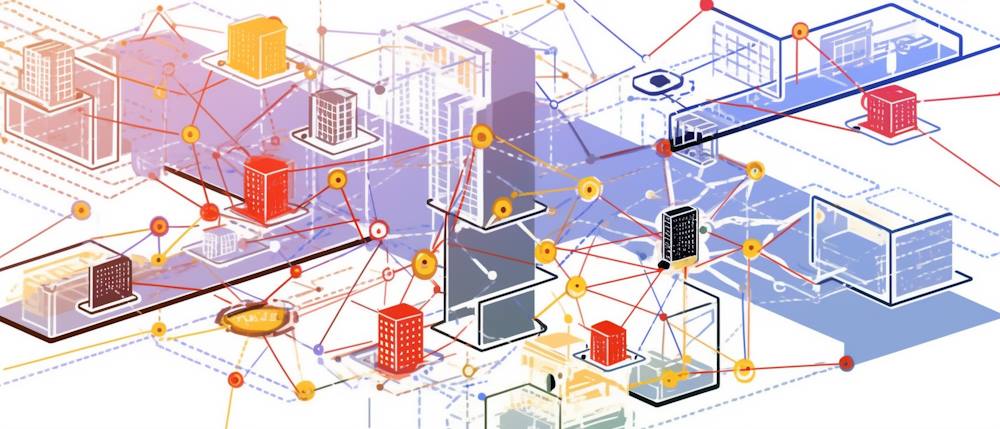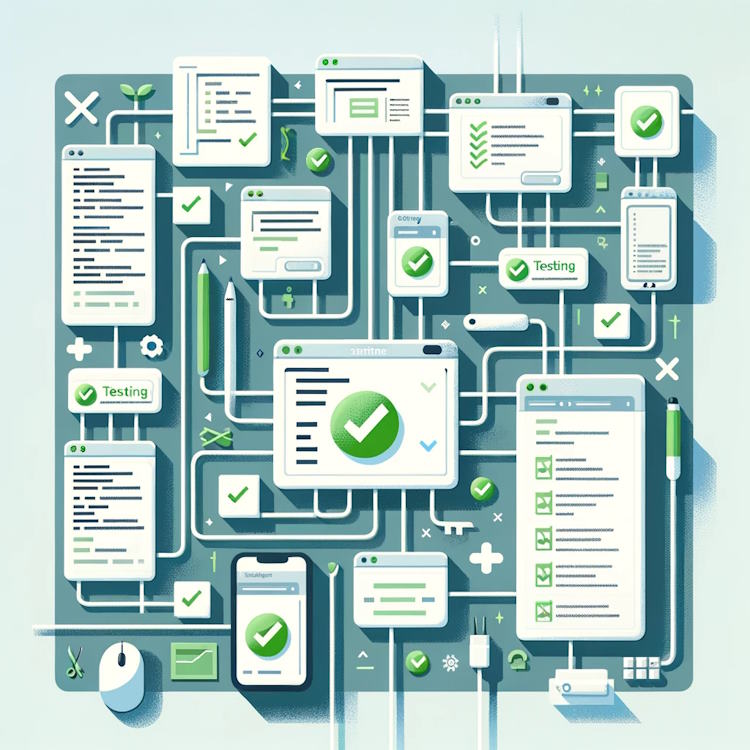Production-Ready Software: Introduction
In the tech world, the term ‘production-ready’ often gets tossed around, sometimes more like a hot potato than a clear standard. But what does it really mean? It seems like everyone has their own take, often shrouded in personal biases or cloaked in industry jargon.
In this post series, I will try to cut through the fluff and the corporate speak, because, let’s be honest, best practices do not have to be complex or hard to understand.
The Essence of Production-Readiness
Before anything else, *production-ready- software isn’t about having the most cutting-edge tech stack or the flashiest features. It’s about reliability, stability, and readiness. Think of it as the difference between a flashy sci-fi concept car and a trusty, well-oiled workhorse vehicle that you’d confidently take on a cross-country road trip.
The Non-Negotiables of Production-Ready Software
*Production-Ready- software, typically, should have the following elements.
Structured Logging and Monitoring: These are more than routine tasks or annoying chores, these are the silent guardians of your software, keeping it on track and providing clarity amidst chaos.
Performance Metrics: This occasionally overlooked aspect ensures your software thrives under pressure, delivering the expected performance.
Memory Dumps: Your software’s black box, offering invaluable insights into what goes on under the hood, especially when things don’t go as planned.
Comprehensive Testing: These safety nets catch bugs and issues before they escalate into production nightmares, covering everything from unit to integration testing.
Beyond the Basics: Consider elements such as disaster recovery, security, scalability, and documentation. They may not always be in the spotlight, but they’re crucial for long-term success.
Series Roadmap
- 🔖 Introduction: Understanding Production-Ready Software - (You Are Here)
- 📈 Part 1: Structured Logging and Monitoring
- ⏳ Part 2: Performance Metrics: Ensuring Reliability Under Pressure
- 🧰 Part 3: Memory Dumps: Deciphering the Black Box
- 🧪 Part 4: Comprehensive Testing: From Unit to Integration
- 🛡️ Part 5: Beyond the Basics: Security, Scalability, and Documentation (Coming Soon)
What’s next?
In the next post, we will take a look at the first non-negotiable, structured logging and monitoring.




